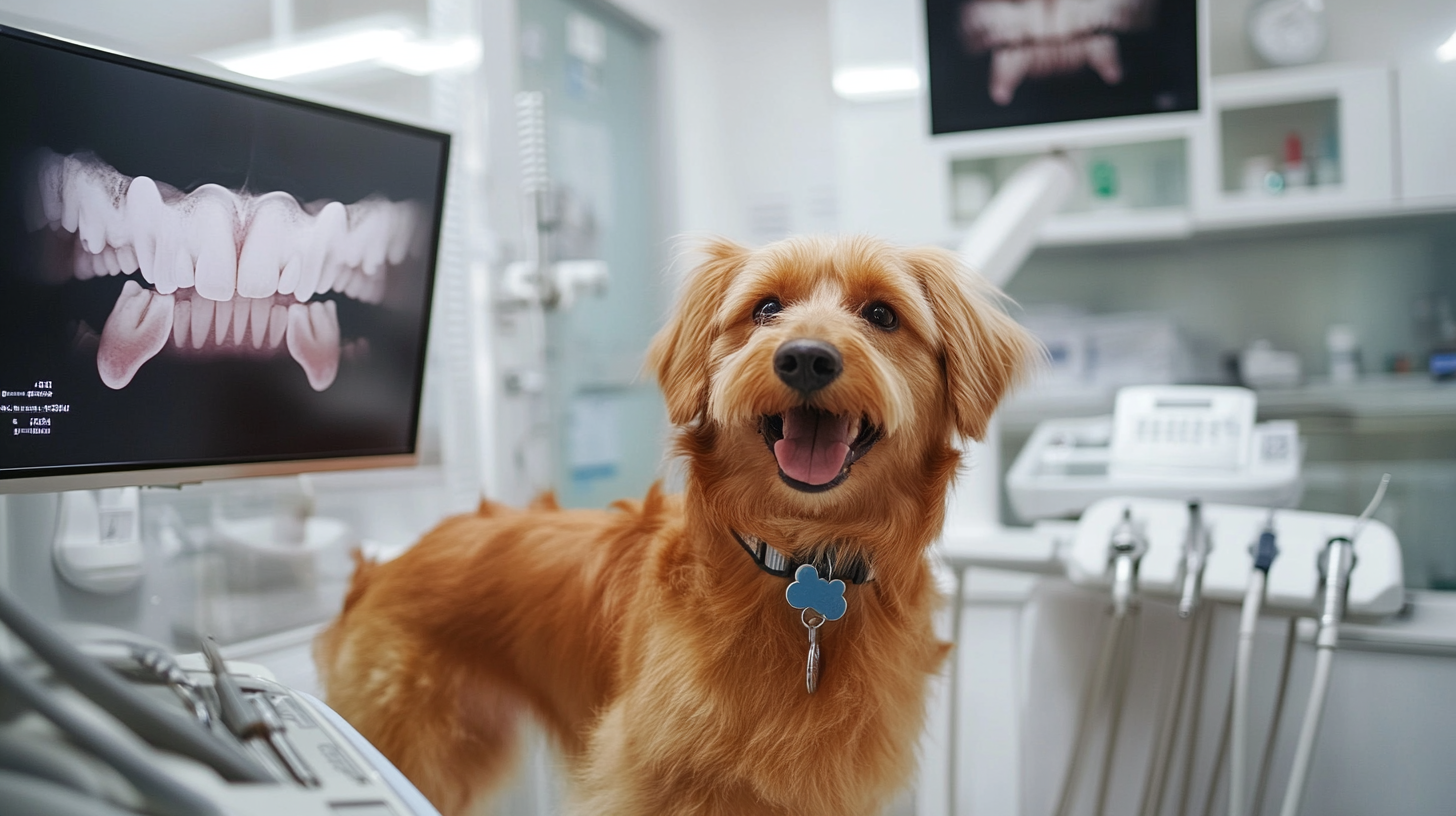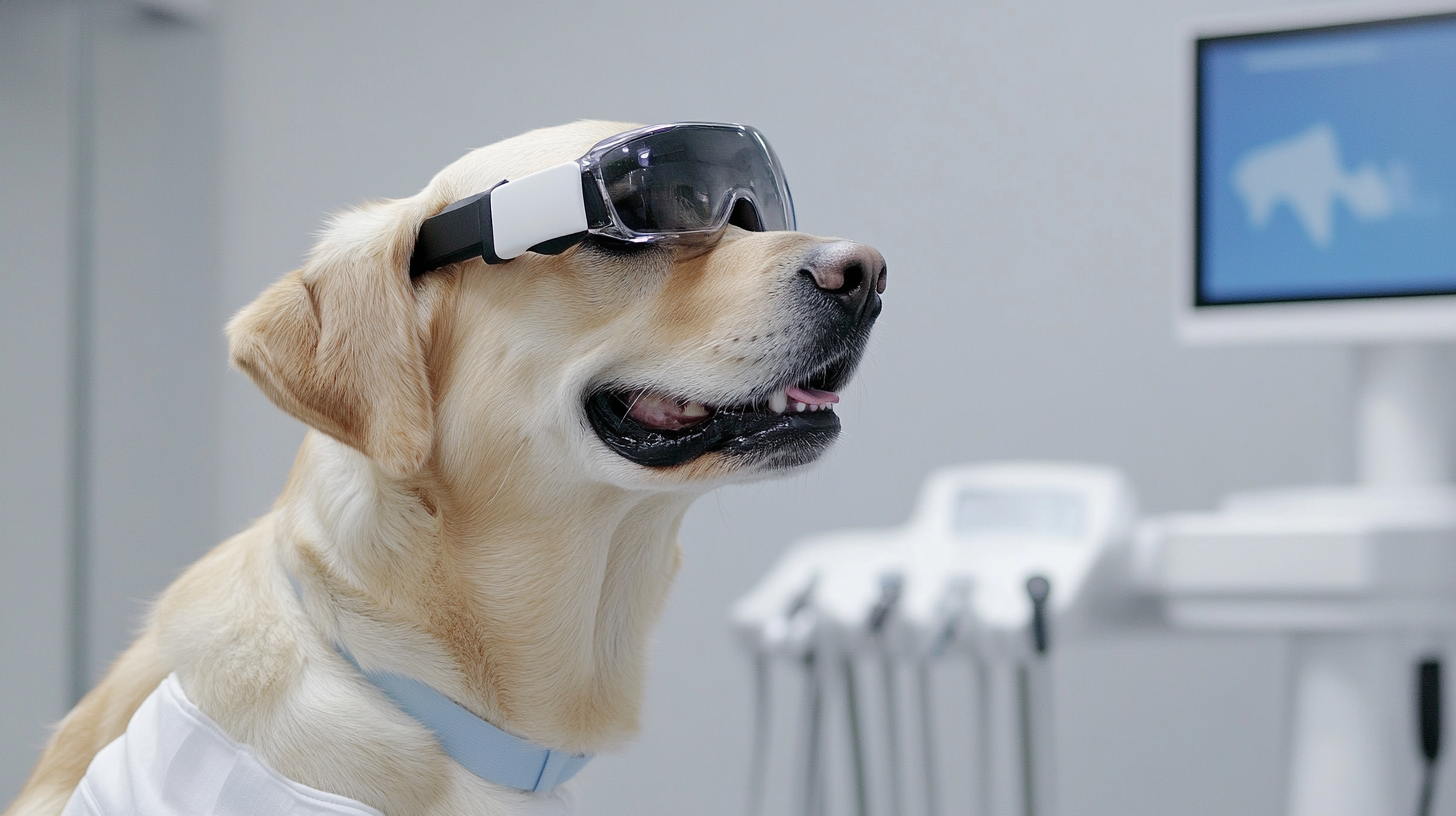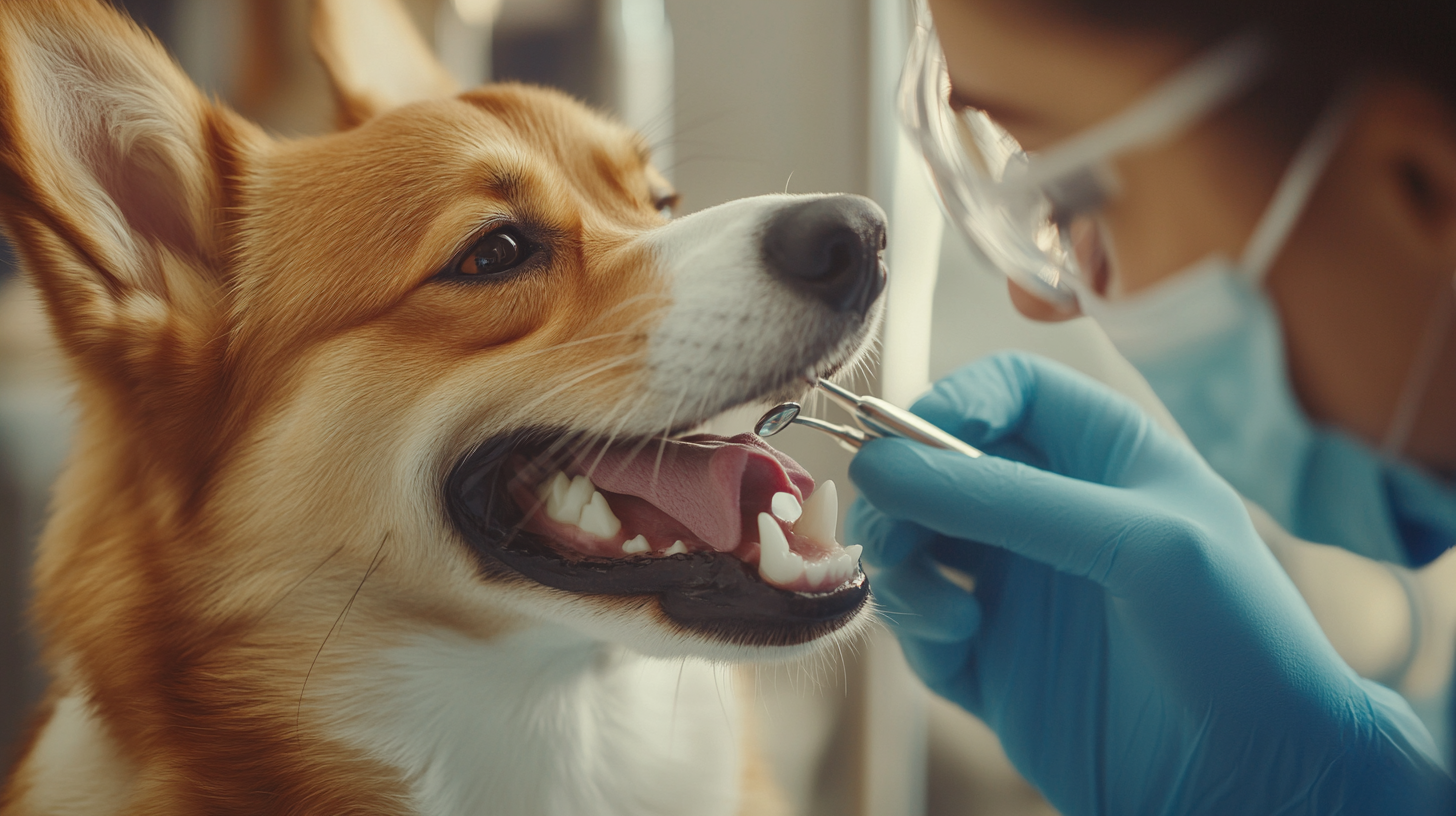In an era where pet care is evolving rapidly, dog dental health has emerged as a crucial area of focus for conscientious pet owners and businesses alike. As global buyers seek innovative solutions to enhance the oral hygiene of dogs, the demand for advanced dental products and services continues to expand. Understanding the latest trends and technologies in dog dental care not only enriches our knowledge but also empowers us to make informed purchasing decisions. This blog aims to explore the future-ready dog dental innovations, highlighting their significance in ensuring optimal health and well-being for our furry companions.
Furthermore, navigating the vast landscape of dog dental products can be overwhelming without the right tools for evaluation. This blog will provide an essential evaluation checklist tailored for global buyers, ensuring that they can effectively assess the functionality, safety, and efficacy of dog dental offerings in the market. By addressing both innovative solutions and practical assessment criteria, we aim to equip readers with the insights needed to enhance their pet care practices. Join us as we delve into the future of dog dental innovations that promise to revolutionize canine oral health care.

As we advance into 2024, the dog dental care industry is witnessing a surge in innovative solutions aimed at enhancing oral health among our canine companions. Recent reports reveal that the global pet dental care market is projected to reach $1.2 billion by 2025, reflecting an increasing awareness among pet owners regarding the importance of oral hygiene. This shift is fueled by emerging trends that emphasize preventive care and the integration of advanced technologies. One of the most significant innovations in dog dental care is the rise of tele-dentistry. This service allows veterinarians to provide consultations and diagnosis through virtual platforms, reducing the need for physical visits while maintaining high standards of care. Another noteworthy trend is the development of smart dental devices equipped with AI. According to a market analysis by Grand View Research, the incorporation of technology in pet care is expected to grow at a CAGR of 12.4%, creating safer and more effective dental management options for dog owners. Moreover, the introduction of dental chews and treats formulated with natural ingredients is becoming increasingly popular. These products not only appeal to health-conscious pet owners but also contribute significantly to maintaining their pets’ dental health. According to a recent survey, 67% of dog owners are now opting for dental chews as a key component of their pet’s daily regimen. This focus on natural formulations aligns with the broader trend of holistic pet care, which is gaining traction among consumers looking for effective yet gentle solutions for their pets' health needs.

Oral health is a critical but often overlooked aspect of canine care that can significantly impact a dog’s longevity. According to the American Veterinary Dental College, approximately 80% of dogs show signs of dental disease by the age of three. This prevalence underscores the importance of understanding how dental health directly correlates with a dog’s overall well-being. Poor oral hygiene can lead to periodontal disease, which has been linked to systemic health issues, including heart, liver, and kidney diseases, potentially shortening a dog’s lifespan by several years.
Recent statistics reveal that dogs with healthy teeth and gums can live up to 2.5 years longer than those with untreated dental disease. A study published in the Journal of Veterinary Dentistry indicated that dogs with good oral hygiene are less likely to experience serious health complications, thus enhancing their quality of life. Innovations in dog dental care, such as advanced toothpastes, water additives, and dental chews, are becoming increasingly vital. Global buyers looking to improve their dogs’ oral health can benefit from an essential evaluation checklist to assess product effectiveness, safety, and ease of use.
As the global market for dog dental health products grows, it is crucial for buyers to be informed about the benefits of maintaining good oral hygiene. Data from the American Kennel Club suggests that investing in regular dental care not only prevents common dental disorders but also associated systemic health risks. This evolving understanding of the link between oral health and canine longevity empowers dog owners to make informed decisions that can enhance their pets' quality of life and lifespan.

When selecting dog dental products, it's crucial for global buyers to consider a comprehensive evaluation checklist that highlights essential features. One of the primary aspects to look for is effectiveness in plaque and tartar control. Products should ideally contain ingredients that actively combat dental buildup, ensuring not only cleaner teeth but also improved overall oral health for dogs. Dental chews, toothpaste, and water additives often have various active components designed to mitigate dental issues, making it easier for pet owners to maintain their furry friends' oral hygiene.
Another critical feature to evaluate is the product's safety and suitability for different dog breeds and sizes. Buyers should seek out vet-approved items that offer evidence of biocompatibility and non-toxic formulations. It is also worth considering products that are designed to cater to specific dental needs, such as those designed for senior dogs or breeds prone to dental issues. Ensuring flexibility to address the diverse dental requirements across different dog demographics can greatly enhance the effectiveness of any dental care regime.
Additionally, convenience and ease of use play significant roles in product selection. Look for items that fit seamlessly into daily routines without excessive effort or hassle. Products like foams and wipes may prove to be more user-friendly compared to traditional toothbrushing. As pet owners become more aware of the importance of oral care, they should prioritize features that facilitate ongoing use, ensuring that dental health becomes an integral part of their pets' overall wellness routine.

In 2023, the pet dental health market reached an estimated size of USD 7.59 billion, reflecting a growing awareness among pet owners about the importance of canine dental care. As this market is projected to grow at a compound annual growth rate (CAGR) of 7.5% from 2024 to 2030, global buyers are increasingly on the lookout for innovative dental solutions. This surge in demand can be attributed to a rising focus on preventive veterinary care and the growing incidence of dental diseases among pets.
Simultaneously, the broader veterinary services market, valued at USD 110.8 billion in 2023, is expanding at a robust 7.3% CAGR. This growth correlates with heightened investments in advanced dental technologies and veterinary equipment designed to enhance treatment efficacy and accessibility. With the global veterinary equipment and supplies market projected to reach USD 3.2 billion by 2028, stakeholders in this field must align their offerings with market trends, emphasizing quality and innovation to meet rising consumer demands.
Moreover, the overall dental care products market is anticipated to grow to USD 56.8 billion, further underlining the pivotal role of dental health in pet care. As the oral care market expands to reach approximately $66.7 billion globally by 2033 at a CAGR of 6.5%, it's evident that there is a significant opportunity for global buyers and innovators to capitalize on this upward trajectory. The demand for specialized canine dental products is not just a trend; it represents a shift in how pet owners prioritize their pets' health and wellness, driving a new era of innovation in the veterinary dental care landscape.
The landscape of veterinary dentistry is rapidly evolving, thanks to groundbreaking technological advancements that promise to enhance the way we care for our furry companions. Innovations such as laser dentistry, digital radiography, and 3D imaging are not only improving diagnostic accuracy but also minimizing discomfort for our pets. Lasers, for instance, allow veterinarians to perform procedures with precision, reducing tissue trauma and facilitating quicker healing times. This shift towards less invasive techniques is making dental care more accessible and less stressful for both pets and their owners.
In addition to these advancements, telehealth capabilities are transforming the veterinary industry by enabling remote consultations. This not only allows pet owners easier access to dental care advice but also minimizes the necessity for in-person visits for routine evaluations. With the integration of artificial intelligence, predictive analytics, and telecommunication tools, veterinarians can now assess dental health remotely and provide tailored care plans. This approach is especially beneficial in underserved areas where access to veterinary services may be limited.
Looking ahead, the future of veterinary dentistry appears promising. Ongoing research into biotechnology, including regenerative therapies and stem cell applications, is set to revolutionize the treatment of periodontal disease and tooth regeneration. Moreover, as consumer awareness grows, the demand for innovative dental products designed for pets is likely to increase. As global buyers seek out the latest advancements, it will be imperative for them to stay informed and equipped with essential evaluation checklists to assess the value and efficacy of these innovations effectively.